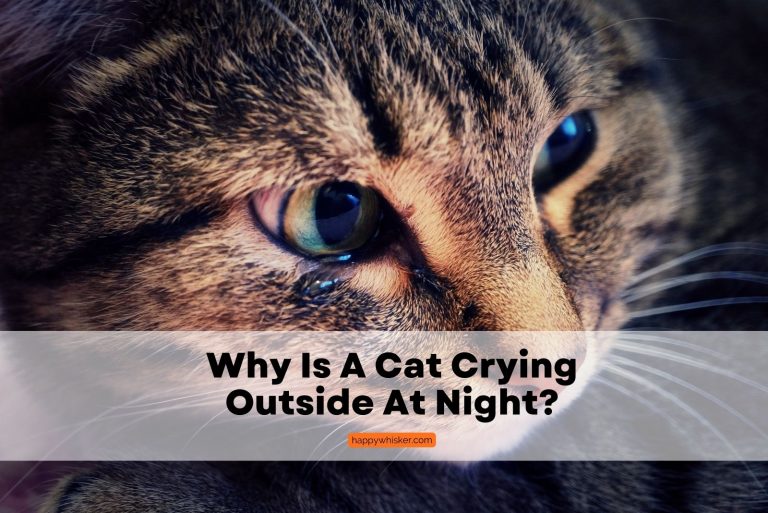15 U.S. States With The Highest Rate Of Snakebites
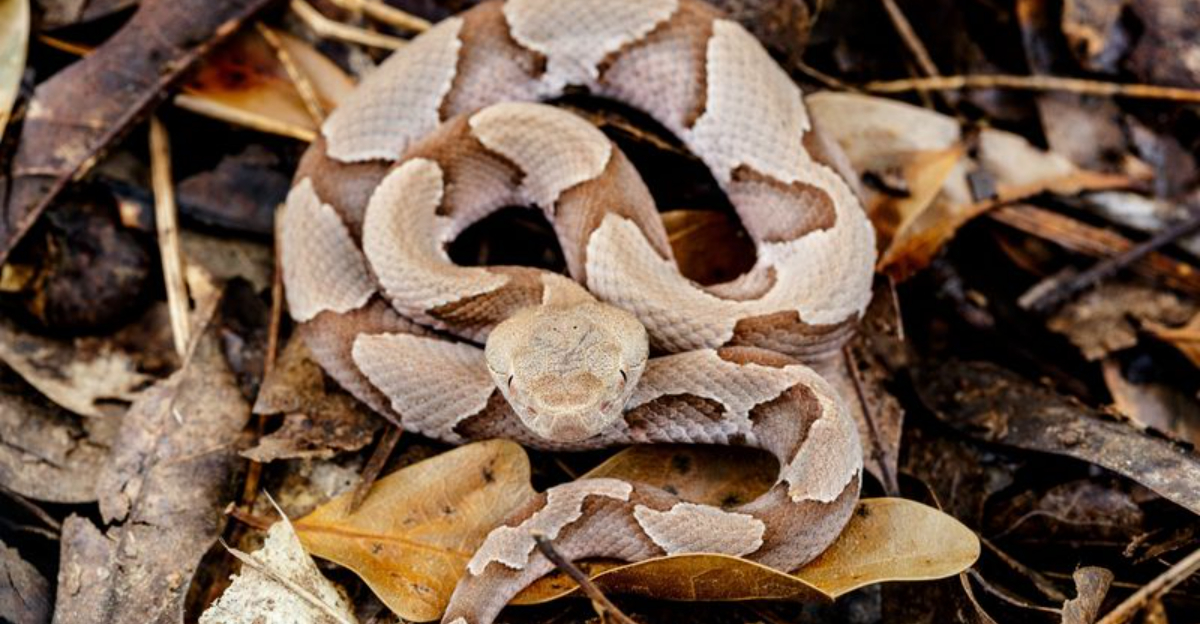
Ever wonder where you’re most likely to encounter a venomous snake in America? Each year, thousands of Americans experience painful and sometimes deadly snakebites.
While these reptiles are found nationwide, some states report significantly higher bite rates due to their climate, geography, and snake populations. Let’s explore the states where residents are most at risk of feeling the fangs.
1. North Carolina – 157.8 bites/million
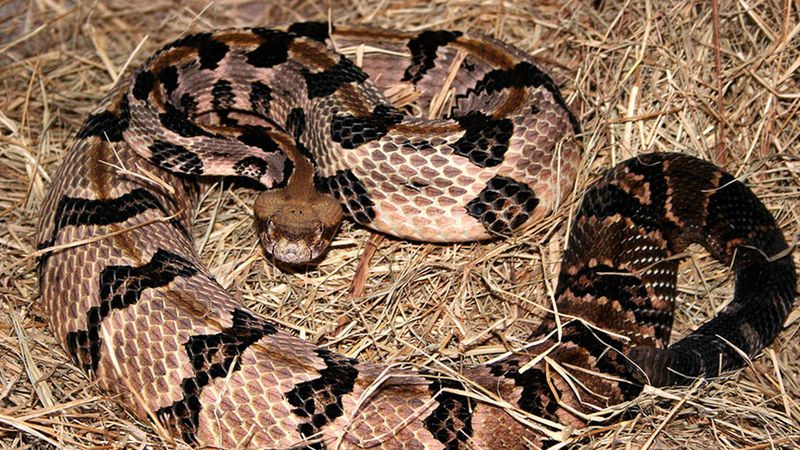
The Tar Heel State tops the charts with a staggering bite rate nearly three times higher than Florida. Rural communities often encounter copperheads hiding in leaf piles and gardens.
The state’s diverse habitats, from mountains to coastal plains, create perfect environments for six venomous species. Most bites occur during warmer months when both humans and snakes are most active.
2. West Virginia – 105.3 bites/million
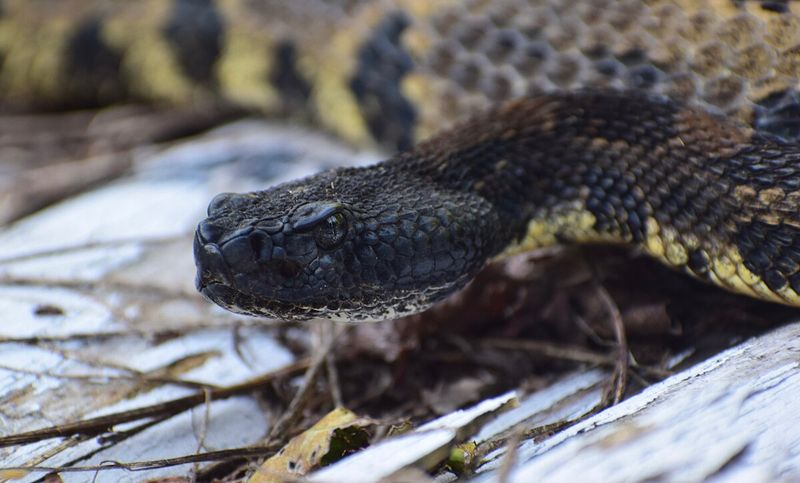
Mountain State residents face surprisingly high snakebite risks despite the cooler climate. Timber rattlesnakes thrive in the Appalachian terrain, often sunning themselves on rocky outcroppings.
Hikers and outdoor enthusiasts frequently encounter these reptiles while exploring the state’s rugged wilderness. Mining operations and timber harvesting sometimes disturb snake dens, creating dangerous human-snake interactions.
3. Arkansas – 92.9 bites/million
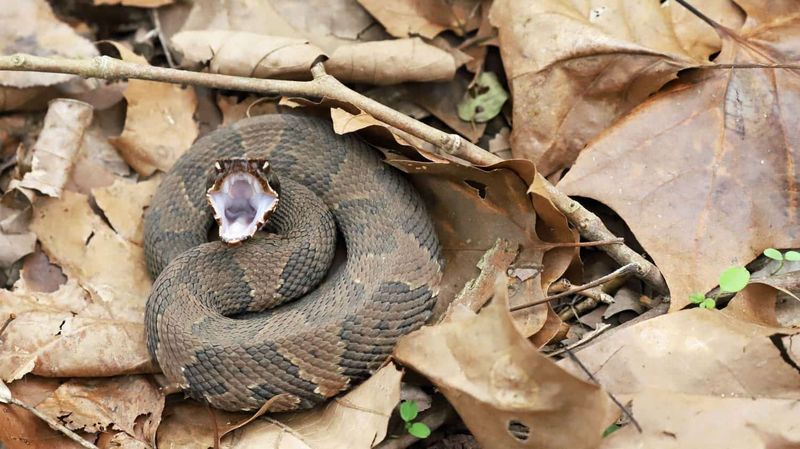
The Natural State earns its nickname with abundant snake populations. Agricultural workers face particular danger during harvest seasons when disturbing cottonmouths and copperheads in fields.
Arkansas’s combination of wetlands, forests, and farmland creates ideal habitats for multiple venomous species. The state’s hot, humid summers extend snake activity periods, increasing the likelihood of encounters.
4. Oklahoma – 61 bites/million
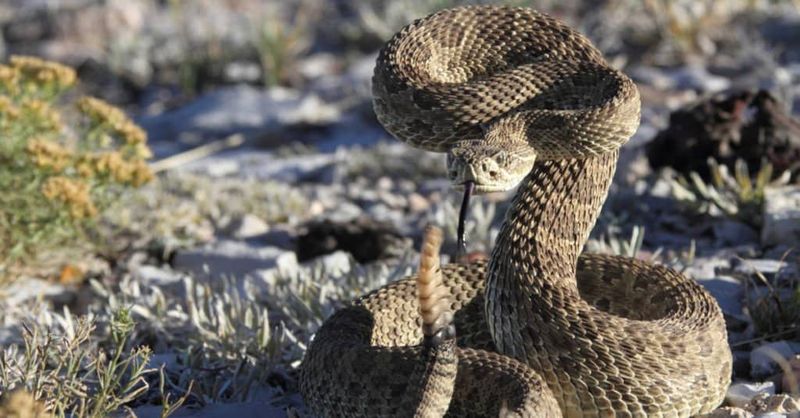
Sooner State residents contend with prairie rattlesnakes across the western plains and copperheads in eastern forests. Many bites occur during yard work when homeowners accidentally disturb hidden snakes.
Oklahoma’s diverse landscapes support at least seven venomous species. The state’s popular outdoor recreation areas become hotspots for snake encounters during peak tourism seasons.
5. Virginia – 48.7 bites/million
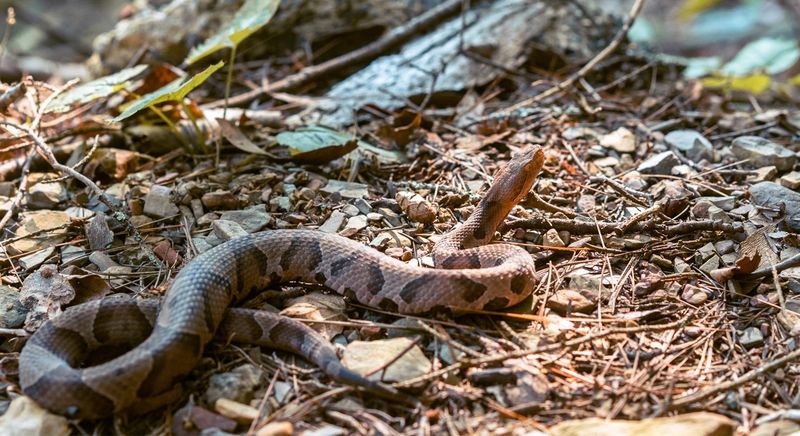
Virginia’s snakebite hotspots concentrate in the Blue Ridge and Appalachian regions. Timber rattlesnakes and copperheads frequently cross paths with hikers on popular trails.
Suburban development pushing into formerly wild areas has increased snake-human interactions. Agricultural workers in the state’s farming regions regularly encounter venomous species during field operations.
6. Texas – 44.2 bites/million
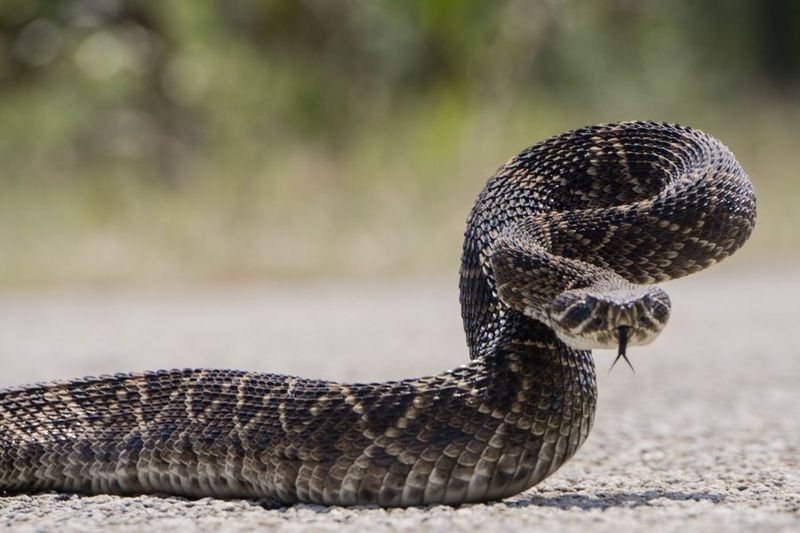
Everything’s bigger in Texas—including the snake diversity! The Lone Star State hosts 15 venomous species, from coral snakes in eastern forests to diamondbacks in western deserts.
Ranch workers and outdoor enthusiasts frequently encounter rattlesnakes during warmer months. The state’s massive size and varied ecosystems create countless opportunities for snake-human interactions across diverse landscapes.
7. Mississippi – 41.6 bites/million
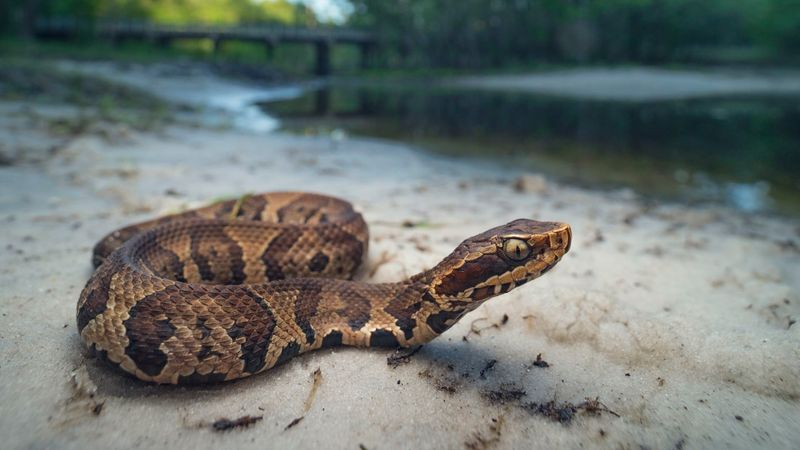
Mississippi’s abundant waterways create perfect habitats for cottonmouths, the aggressive water moccasins that cause many reported bites. Fishermen and boaters regularly encounter these territorial snakes while enjoying the state’s rivers.
Rural agricultural workers face high risks during growing seasons. The state’s long, hot summers and mild winters extend the active period for venomous snakes throughout much of the year.
8. Tennessee – 40.1 bites/million
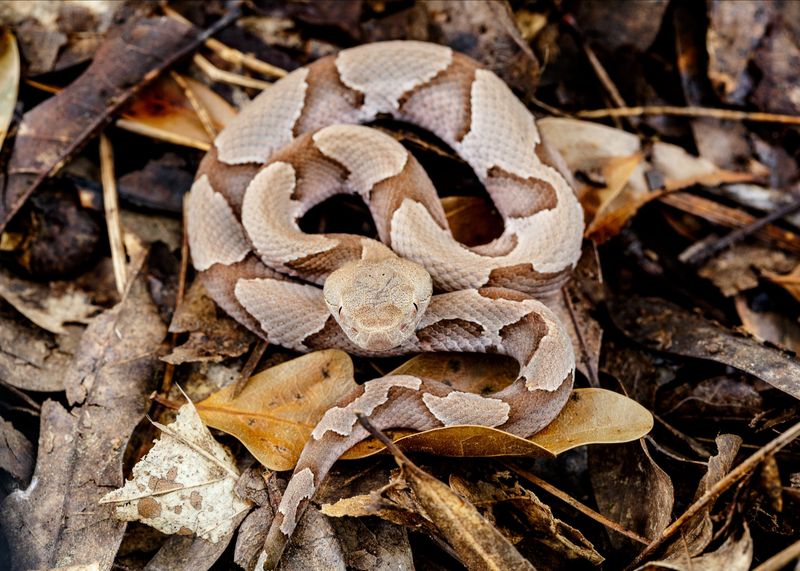
Volunteer State residents contend with snakebites across diverse regions, from the Appalachian highlands to western flatlands. The Great Smoky Mountains National Park records numerous snake encounters annually as hikers explore the wilderness.
Copperheads cause the majority of bites, often hiding in suburban gardens and woodpiles. Tennessee’s varied terrain supports multiple venomous species that thrive in the state’s generally warm climate.
9. Kentucky – 37.5 bites/million
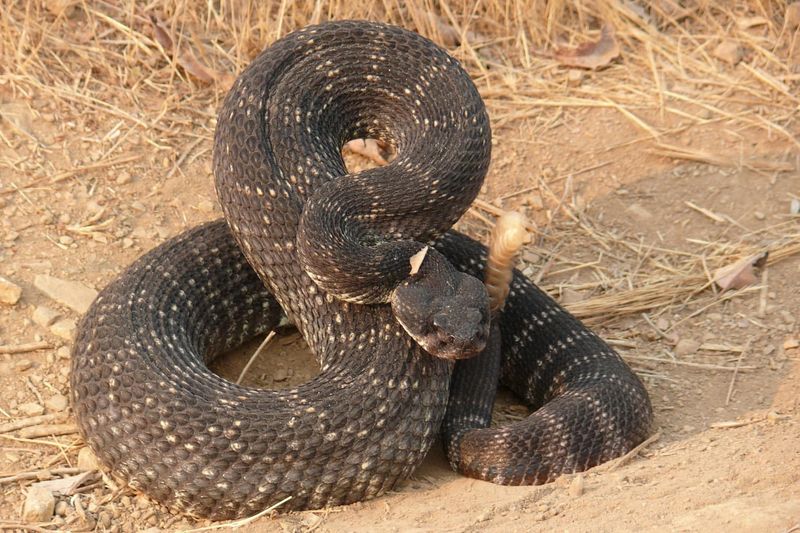
Kentucky’s snakebite incidents cluster in the eastern mountains and western river valleys. Timber rattlesnakes and copperheads pose the greatest threats to Bluegrass State residents.
Coal mining operations sometimes disturb underground snake dens, creating dangerous encounters. Kentucky’s popular cave systems occasionally harbor venomous snakes near entrances, surprising unwary tourists exploring these natural wonders.
10. South Carolina – 36.8 bites/million
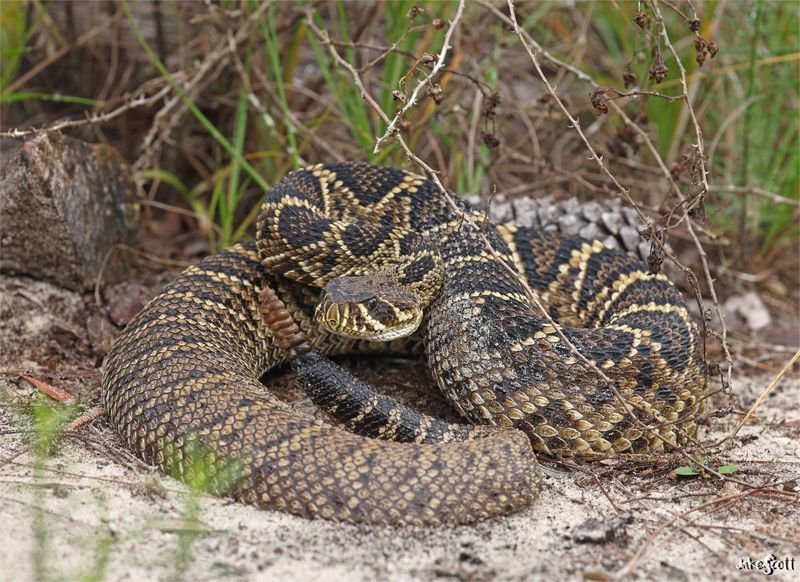
Palmetto State residents face snake dangers from mountains to coastline. Eastern diamondbacks, once abundant but now rare, deliver the most dangerous bites when encountered.
Coastal development has pushed humans and snakes into closer contact in recent decades. South Carolina’s mild climate and abundant wetlands create ideal conditions for cottonmouths and copperheads throughout much of the state.
11. Alabama – 35.2 bites/million
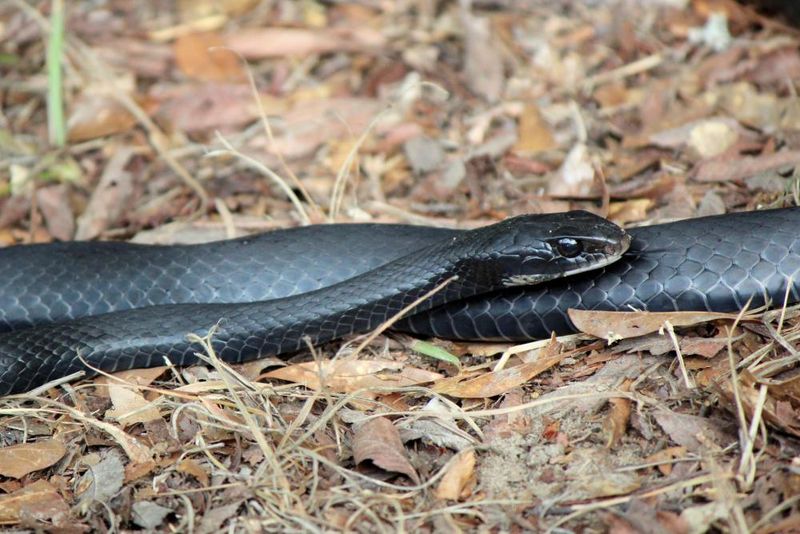
Heart of Dixie residents encounter six venomous species across the state. Agricultural workers in the fertile Black Belt region frequently report copperhead and cottonmouth bites during field operations.
Alabama’s extensive river systems create perfect habitats for water moccasins. The state’s generally warm climate keeps snakes active for much of the year, increasing the likelihood of human encounters.
12. Georgia – 33.9 bites/million
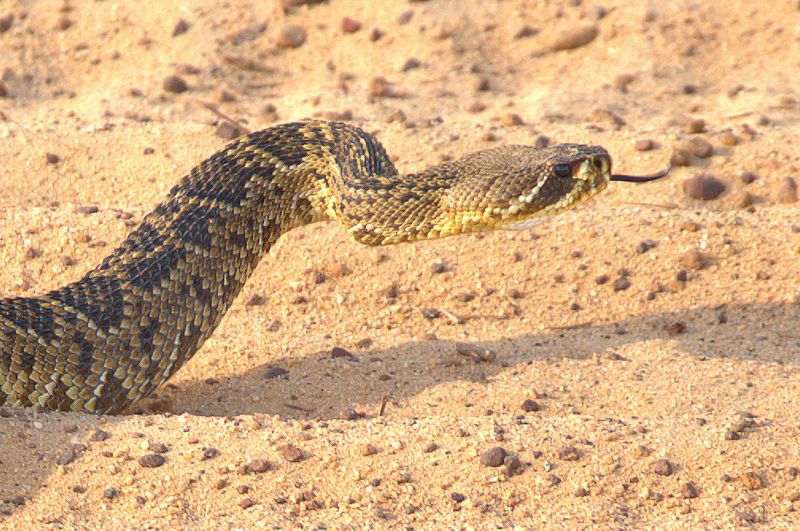
Peach State residents contend with venomous snakes from the Appalachian foothills to coastal swamps. Eastern diamondbacks still inhabit the southern pine forests, delivering potentially deadly bites when disturbed.
Atlanta’s suburban sprawl has created numerous human-snake conflict zones. Georgia’s combination of agriculture, forests, and wetlands supports diverse snake populations that regularly interact with the state’s growing human communities.
13. Louisiana – 32.5 bites/million
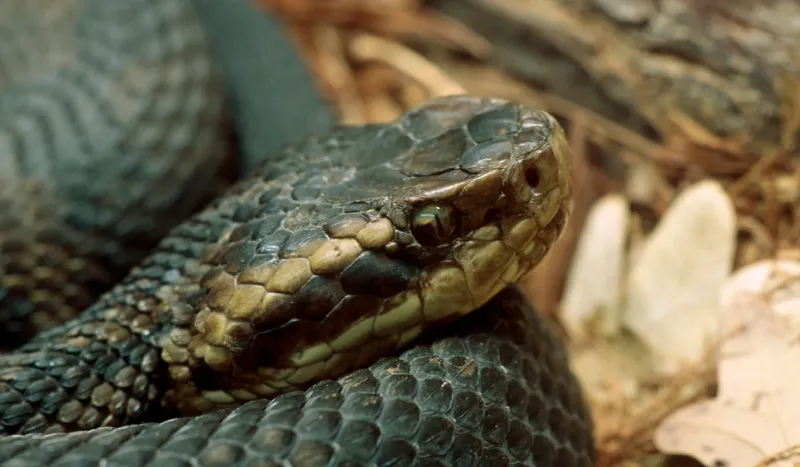
Bayou State residents navigate swamps and wetlands teeming with cottonmouths. Fishermen and hunters regularly encounter these aggressive water snakes while pursuing their outdoor activities.
Canebrake rattlesnakes inhabit the state’s upland areas, surprising hikers and campers. Louisiana’s exceptionally humid climate and abundant waterways create perfect conditions for venomous snake populations to thrive year-round.
14. Missouri – 31.2 bites/million
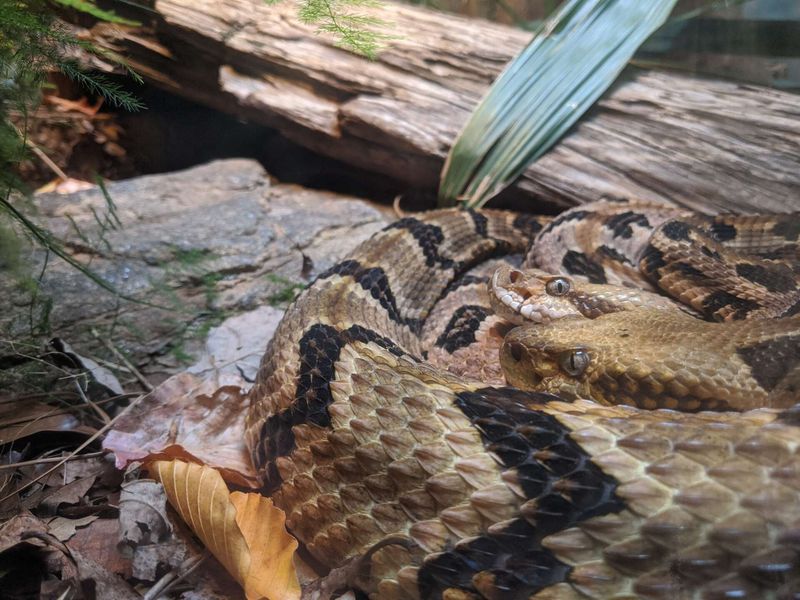
Show-Me State residents encounter five venomous species across diverse landscapes. The Ozark Mountains harbor numerous timber rattlesnakes that surprise hikers on remote trails.
Copperheads cause most bites, often hiding in suburban gardens and parks. Missouri’s karst topography creates rocky outcroppings where snakes sun themselves, increasing chances of human encounters in popular recreation areas.
15. Florida – 30.0 bites/million
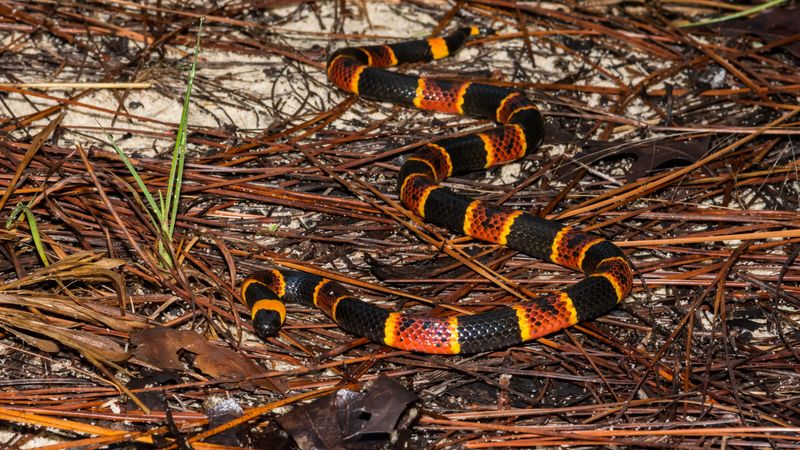
Surprisingly, the Sunshine State ranks lower than many might expect despite its reptile-friendly climate. Eastern diamondbacks and pygmy rattlesnakes cause many serious bites in rural areas.
Florida’s unique ecosystem supports six venomous species, including coral snakes with neurotoxic venom. The state’s massive tourism industry creates countless opportunities for visitors unfamiliar with snake safety to have dangerous encounters in natural areas.





